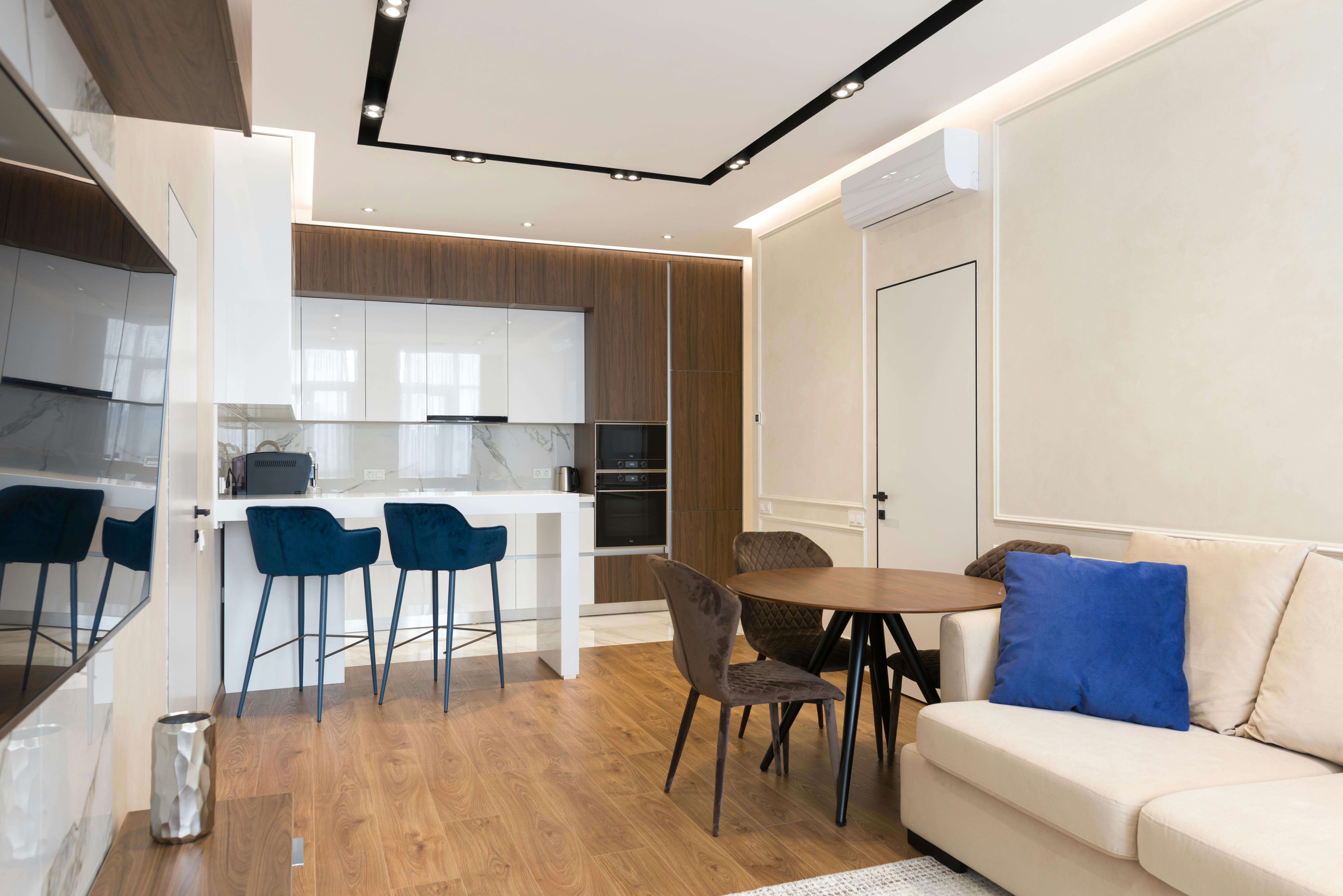Dining Room Sets: Complete Guide for Your Home Interior
A dining room set serves as the centerpiece of your home's dining area, bringing together functionality and style to create a welcoming space for meals, conversations, and gatherings. These coordinated furniture collections typically include a dining table and matching chairs, though many sets expand to include additional pieces like buffets, china cabinets, or benches. Understanding the various aspects of dining room sets helps you make an informed decision that enhances your home's interior while meeting your family's practical needs.

What Role Do Dining Room Sets Play in Home Interiors?
Dining room sets function as both practical furniture and design anchors within your home’s layout. They establish the visual tone for your dining space while providing essential functionality for daily meals and special occasions. A well-chosen dining room set creates a cohesive look that can tie together adjacent living areas, particularly in open floor plans where the dining room flows into the kitchen or living room.
The size and style of your dining room set influences traffic flow and spatial perception. A properly scaled set makes your room feel balanced and proportional, while an oversized or undersized set can make the space feel cramped or empty. Beyond aesthetics, these sets encourage family togetherness and provide a dedicated space for entertaining guests, making them valuable investments in your home’s social functionality.
Which Materials and Finishes Are Popular for Dining Room Sets?
Wood remains the most popular material for dining room sets, with hardwoods like oak, maple, cherry, and walnut offering durability and timeless appeal. Each wood type brings distinct characteristics: oak provides prominent grain patterns and strength, while cherry develops a rich patina over time. Pine and other softwoods offer budget-friendly alternatives, though they may show wear more readily.
Metal dining sets, particularly those featuring steel or aluminum frames, suit contemporary and industrial design schemes. These materials resist moisture and require minimal maintenance, making them practical for busy households. Glass-top tables paired with metal or wood bases create visual lightness and work well in smaller spaces. Composite materials and engineered wood products provide consistent appearance and often cost less than solid hardwood while still delivering attractive results.
Popular finishes include natural stains that highlight wood grain, painted surfaces in white, black, or color tones, and distressed treatments that add vintage character. Two-tone finishes combining different colors or materials create visual interest and coordinate with various decor styles.
How Do Design Styles Range from Traditional to Contemporary?
Traditional dining room sets emphasize classic proportions, ornate details, and rich wood tones. These pieces often feature carved elements, turned legs, upholstered chairs with decorative backs, and formal styling that suits established homes and elegant entertaining. Traditional sets work particularly well with crown molding, wainscoting, and other architectural details.
Contemporary dining room sets showcase clean lines, minimal ornamentation, and innovative materials. These designs often incorporate mixed materials like metal and glass, geometric shapes, and neutral color palettes. Contemporary sets complement modern architecture and open floor plans while maintaining sophisticated appeal.
Transitional styles bridge traditional and contemporary elements, offering versatility for various home types. These sets might combine simple wood construction with subtle decorative touches, allowing them to work with both classic and modern decor elements. Farmhouse, industrial, and mid-century modern styles have also gained popularity, each bringing distinct characteristics that appeal to different aesthetic preferences.
What Space-Saving and Multifunctional Solutions Are Available?
Drop-leaf tables expand when needed but fold down to save space in smaller dining areas. These designs work particularly well in apartments or multipurpose rooms where flexibility matters. Similarly, butterfly leaf tables include built-in extension mechanisms that store leaves within the table structure, eliminating the need for separate storage.
Bench seating maximizes the number of people you can seat around your table while tucking completely under the table when not in use. Some benches include built-in storage compartments for linens, seasonal items, or dining accessories. Counter-height dining sets create casual dining options while potentially serving double duty as workspace or homework areas.
Nesting tables and stackable chairs provide additional seating and surface area when entertaining but store compactly otherwise. Some dining room sets include storage features like built-in drawers, wine racks, or display shelving that eliminate the need for separate storage furniture.
How Should You Choose Based on Room Size and Lifestyle?
Measure your dining room carefully before shopping, allowing at least 36 inches between the table edge and walls or other furniture for comfortable chair movement. Round tables work well in square rooms and facilitate conversation, while rectangular tables suit longer spaces and accommodate more people efficiently.
Consider your typical use patterns when selecting size and features. Families who eat together daily benefit from durable materials and comfortable seating, while those who primarily use the space for entertaining might prioritize expandable options and formal styling. If children will use the furniture regularly, look for rounded corners, sturdy construction, and easy-to-clean surfaces.
Your home’s architectural style and existing decor should influence your choice. A formal Victorian home might call for traditional styling, while a modern loft suits contemporary designs. Consider the dining room’s relationship to adjacent spaces, ensuring your set complements rather than clashes with visible furniture and finishes throughout your home’s common areas.
Dining room sets represent significant furniture investments that should serve your family well for many years. By carefully considering materials, styling, size requirements, and your specific lifestyle needs, you can select a set that enhances your home’s functionality and aesthetic appeal while providing a comfortable gathering space for daily meals and special occasions.




